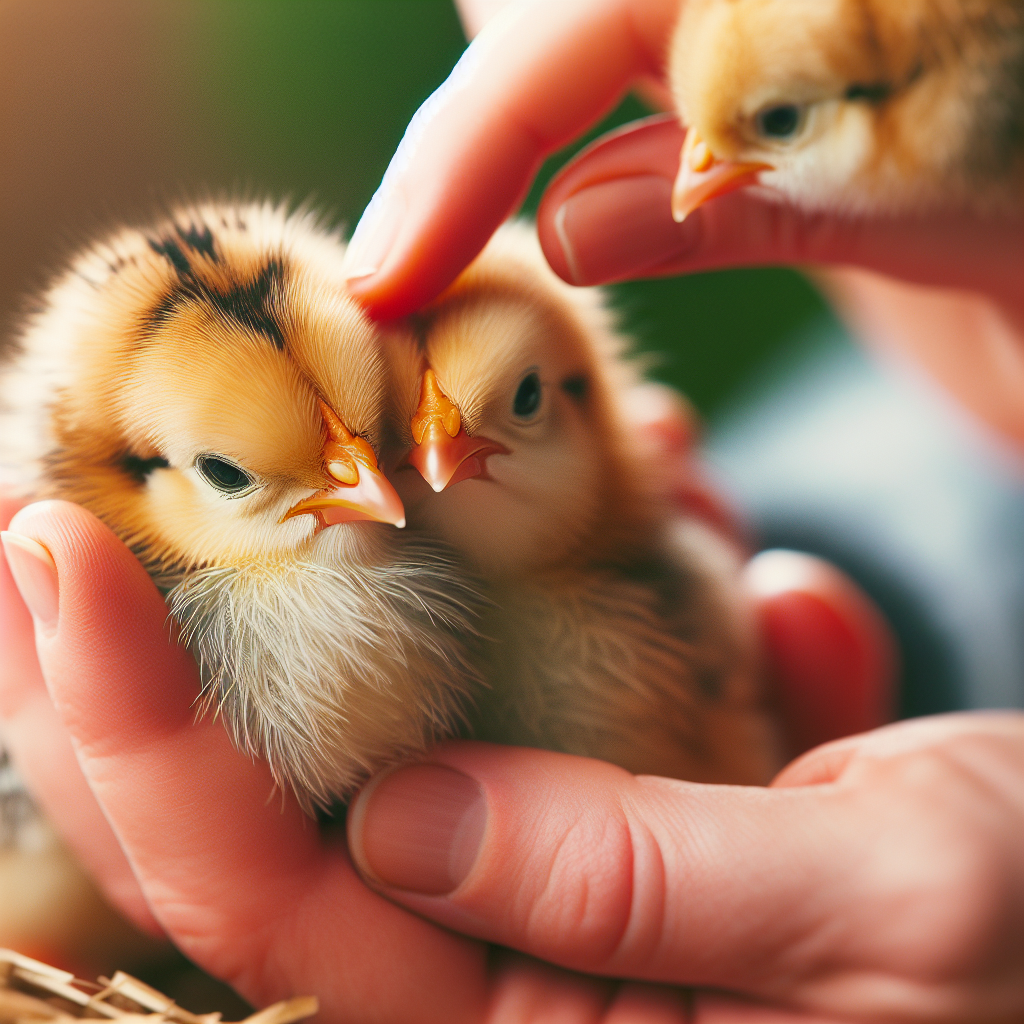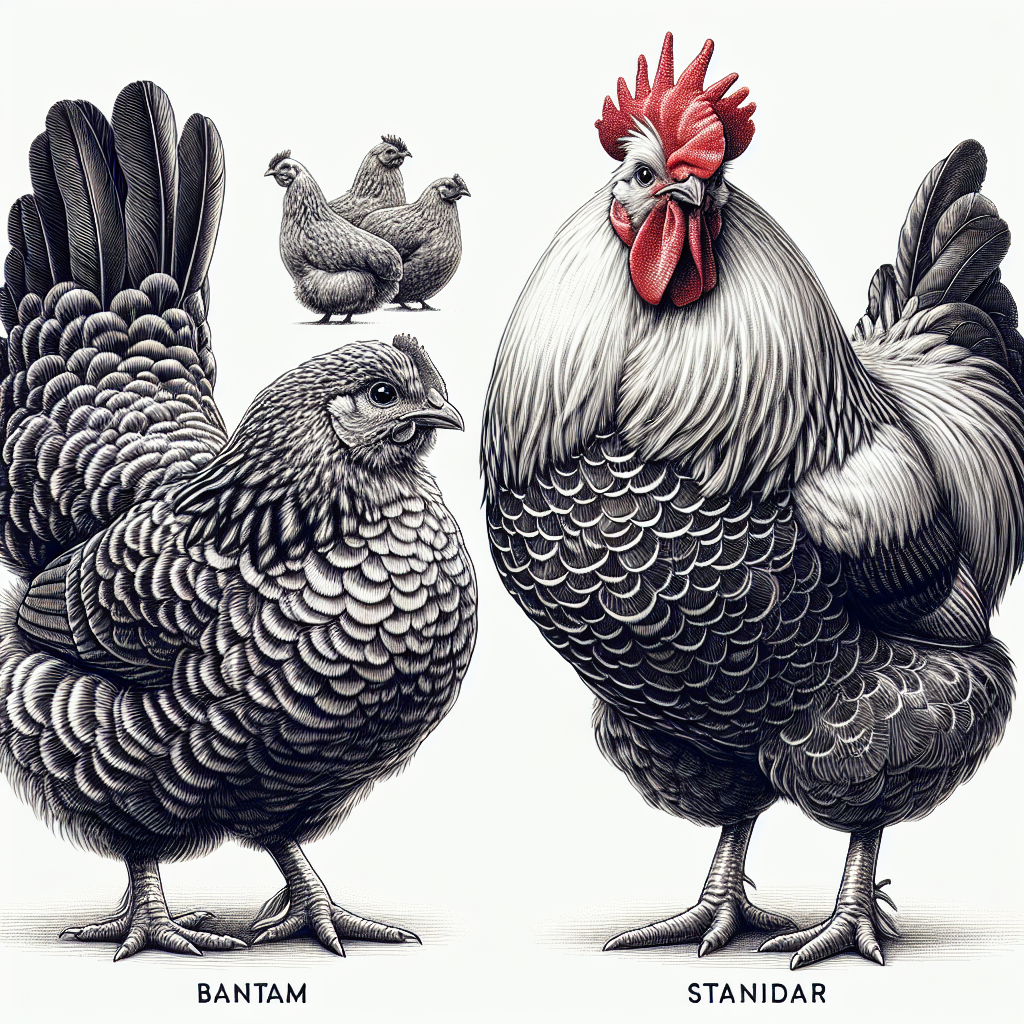Have you ever wondered how chickens establish their social hierarchy or pecking order? It’s a fascinating phenomenon where these feathered friends determine their ranking within the flock. From the moment they hatch, chickens begin to assess one another, using a combination of physical interactions and social cues to establish who sits at the top and who remains at the bottom. In this article, we’ll explore the intriguing dynamics of how chickens establish their social hierarchy and uncover the secrets behind their pecking order.
Understanding the Pecking Order
Definition of Pecking Order
The pecking order is the social hierarchy established among chickens within a flock. It determines the ranking and dominance of each individual, outlining their position in the group. The pecking order is a natural instinct in chickens and plays a crucial role in maintaining order and balance within the flock.
Importance of Establishing a Hierarchy
Establishing a hierarchy is vital for the well-being of the flock. It helps reduce aggression, decrease stress levels, and promote overall harmony among the chickens. A clear pecking order ensures efficient allocation of resources such as food, water, and shelter, as well as effective decision-making within the group. It is an essential aspect of chicken social behavior that contributes to their overall welfare.
Factors Influencing the Pecking Order
Age and Size
Age and size are significant factors influencing the pecking order. Older and larger birds generally rank higher in the hierarchy, while younger and smaller ones tend to be lower in the order. This is because older and larger chickens are perceived as more experienced and physically dominant, gaining respect and higher status within the flock.
Gender
Gender also plays a role in determining the pecking order. In most cases, roosters tend to rank higher than hens due to their stronger physical abilities and innate dominance behavior. However, this can vary depending on the individual personalities and dynamics within the flock.
Dominance
Dominance is a key factor influencing the establishment of the pecking order. Some chickens naturally exhibit dominant behavior, actively asserting their authority over others. Dominant chickens tend to be more aggressive, confident, and assertive in their interactions. On the other hand, submissive chickens show more passive behavior, accepting their lower rank within the hierarchy.
Breed
Different chicken breeds may have varying predispositions towards dominance and submission. Some breeds are known to be more assertive or docile, which can influence their position in the pecking order. Understanding the breed-specific characteristics can help manage and anticipate the dynamics within the flock.
Flock Size
The size of the flock also affects the pecking order. In larger flocks, the hierarchy might be more complex, with more intermediate ranks between the highest and lowest individuals. Conversely, in smaller flocks, the pecking order tends to be simpler and easier to establish. The number of available resources within the flock also impacts the intensity of competition and the formation of the pecking order.
The Process of Establishing Hierarchy
Initial Aggression and Testing
When introducing new members to a flock or following significant changes within the group, initial aggression and testing behavior are often observed. Chickens engage in confrontations to establish their rank and dominance. These initial encounters involve posturing, feather ruffling, and short physical altercations to determine the hierarchy.
Physical Interactions
Physical interactions play a crucial role in the process of hierarchy establishment. This includes pecking, as the name suggests, where a chicken pecks another to assert dominance. It can range from subtle pecks to repeated attacks depending on the individuals involved and their positions in the pecking order. Other physical behaviors include wing stripping and spreading, jumping, and chest bumping, all aimed at establishing dominance or defending one’s rank.
Verbal Exchanges
Verbal exchanges, through vocalization and calling, also contribute to the establishment of the pecking order. Chickens use different sounds and vocal cues to communicate their dominance or submission. These calls can range from low-pitched murmurs to loud, assertive sounds. Verbal exchanges help maintain social order within the flock and allow chickens to assert their dominance or express submission.
Behaviors Displayed in the Pecking Order
Pecking and Head Shaking
Pecking and head shaking are common behaviors observed within the pecking order. Dominant chickens often peck their subordinates as a way to assert their authority and maintain their position in the hierarchy. Head shaking is a display of dominance and is often accompanied by other aggressive behaviors.
Wing Stripping and Spreading
Wing stripping and spreading are behaviors displayed by dominant chickens to intimidate or establish their dominance over others. It involves stretching out the wings and aggressively exposing the wing feathers, signaling their higher rank within the flock.
Jumping and Chest Bumping
Jumping and chest bumping are more assertive behaviors primarily seen among roosters. This display of physical prowess is an attempt to assert dominance over others and secure a higher position in the pecking order.
Calling and Vocalizing
Chickens use vocalization as a way to communicate and establish their rank within the hierarchy. Dominant chickens often produce louder and more assertive calls, whereas subordinates tend to be quieter and more submissive in their vocalizations. Calling and vocalizing help maintain social order and establish boundaries within the flock.
Role of Roosters in the Pecking Order
Rooster’s Role in Leadership
Roosters play a significant role in the pecking order as they often hold leadership positions within the flock. Due to their larger size, physical strength, and assertive behavior, roosters tend to rank higher in the hierarchy. They actively protect the flock and are responsible for decision-making, leading the flock to safety, and alerting them to potential threats.
Rooster’s Importance in Conflict Resolution
Roosters also act as mediators in resolving conflicts within the flock. They intervene in aggressive encounters to maintain peace and prevent serious injury. Roosters use their assertiveness and physical presence to diffuse tense situations and establish order among the chickens.
Hierarchy Maintenance
Challenges to the Established Order
While the pecking order is generally stable, challenges to the established hierarchy can occur. This may be due to the introduction of new members, changes in flock dynamics, or hormonal fluctuations. These challenges can lead to temporary disruptions, conflicts, or a re-establishment of the pecking order as the flock adjusts to the changes.
Subordination and Submission
Subordination and submission are essential behaviors for maintaining the pecking order. Subordinate chickens accept their lower rank within the hierarchy and display submissive behaviors towards more dominant individuals. This submission helps avoid confrontations and aggression within the flock.
Social Bonds and Alliances
Chickens also form social bonds and alliances within the flock, aiding in maintaining the hierarchy. By forming alliances, chickens can support each other against more dominant individuals, ensuring a balanced and stable hierarchy. These social bonds provide comfort, protection, and mutual support, enhancing the overall welfare of the flock.
Hierarchy in Different Chicken Environments
Backyard Flocks
In backyard flocks with limited space, the pecking order is typically less complex. The chickens interact closely and have frequent social interactions, allowing a clearer and more visible hierarchy to be established. Owners of backyard flocks can observe and understand the dynamics within the group easily, ensuring the well-being of their chickens.
Commercial Operations
In commercial operations, the size of the flock often influences the complexity of the pecking order. With larger flocks, establishing and maintaining a hierarchy can be challenging due to limited direct observation. However, proper management practices, including providing adequate space and resources, can help reduce aggression and promote a balanced pecking order.
Introducing New Members to the Flock
Introducing new members to an established flock can disrupt the existing pecking order. It triggers a period of adjustment where the chickens engage in aggression and testing behaviors to determine the hierarchy. Gradual introductions and ample space will facilitate a smoother integration and minimize aggression during this transition period.
Impact of Hierarchy on Chicken Welfare
Reduced Aggression and Stress
A clear and balanced pecking order contributes to reduced aggression and stress within the flock. Each chicken understands its social rank, minimizing the need for constant confrontations. By knowing their place in the hierarchy, chickens experience less social stress, leading to a more harmonious living environment.
Improved Resource Access and Feeding
The pecking order ensures efficient allocation of resources such as food, water, and shelter. Higher-ranking individuals have preferential access to these resources, ensuring their needs are met. Lower-ranking chickens may have to wait their turn but still have access to essential resources, maintaining their welfare within the flock.
Social Structure Benefits
The pecking order provides a structured social environment for chickens, which is beneficial for their overall well-being. Chickens are social animals and thrive when they have a sense of order within their group. The pecking order helps establish social bonds, reduce anxiety, and provide a sense of belonging, positively impacting their welfare.
Human Intervention in the Pecking Order
Managing Aggressive Behavior
When aggressive behavior becomes excessive or poses a threat to the welfare of the flock, human intervention may be necessary. Separating aggressive or injured individuals and providing them with appropriate care and space can help reduce further harm. Additionally, behavior modification techniques, such as environmental enrichment and positive reinforcement, can be employed to manage aggressive behavior within the flock.
Providing Adequate Space and Resources
To maintain a balanced pecking order, it is essential to provide chickens with adequate space, food, water, and other resources. Sufficient space for each bird, along with multiple feeding and watering stations, reduces competition and minimizes aggression among the flock. Ample resources ensure the well-being of each chicken and help maintain a harmonious social environment.
Intervening in Cases of Bullying
Bullying within the flock can occur, leading to severe physical and psychological harm to targeted individuals. In such cases, intervention is necessary to prevent further escalation. Separating the aggressor temporarily, providing extra attention to the bullied chicken, and rearranging the flock dynamics can help address bullying behavior and restore peace within the flock.
Conclusion
Nature of the Pecking Order
The pecking order is a natural instinct observed in chickens, helping establish a social hierarchy within the flock. It is influenced by various factors such as age, size, gender, dominance, breed, and flock size. Understanding the nature of the pecking order is crucial for maintaining a balanced and harmonious environment for chickens.
Importance of a Balanced Hierarchy
A balanced pecking order is essential for the overall welfare of the flock. It reduces aggression and stress, ensures access to resources, aids in conflict resolution, and provides a structured social structure. Human intervention in managing aggressive behavior, providing adequate space and resources, and addressing bullying is necessary to maintain a healthy and balanced pecking order. By understanding and respecting the pecking order, chicken keepers can promote the well-being and happiness of their feathered friends.




